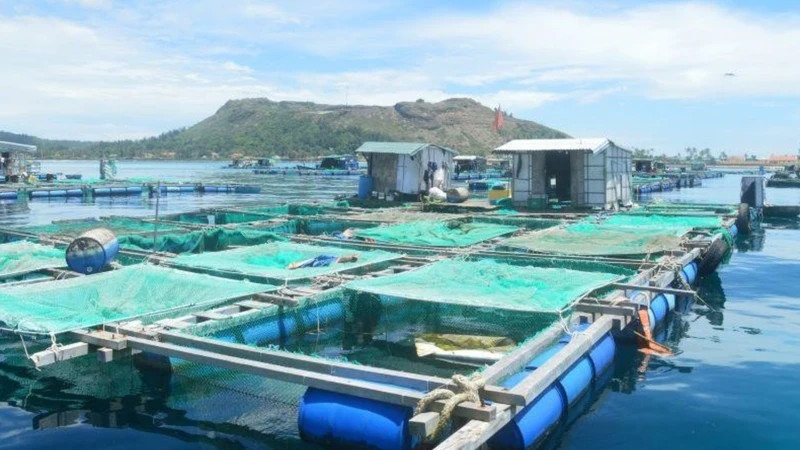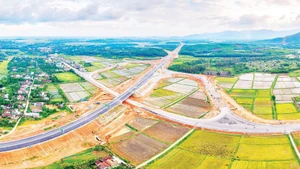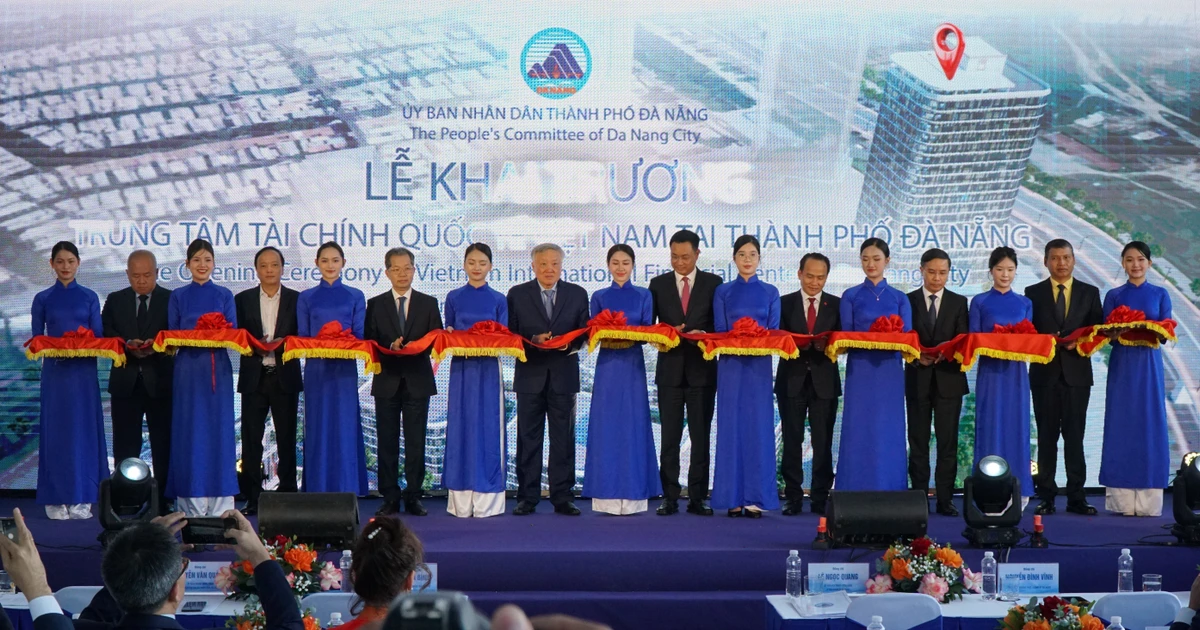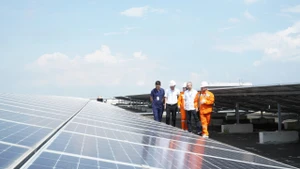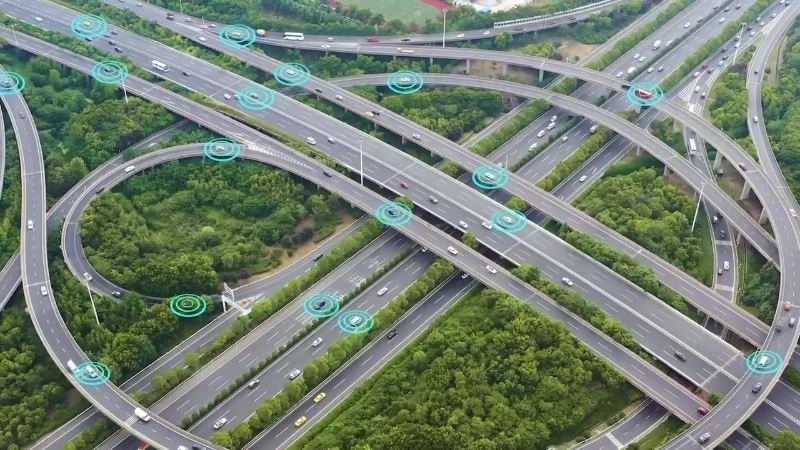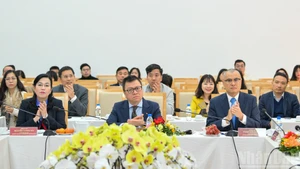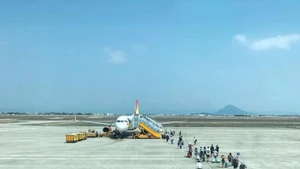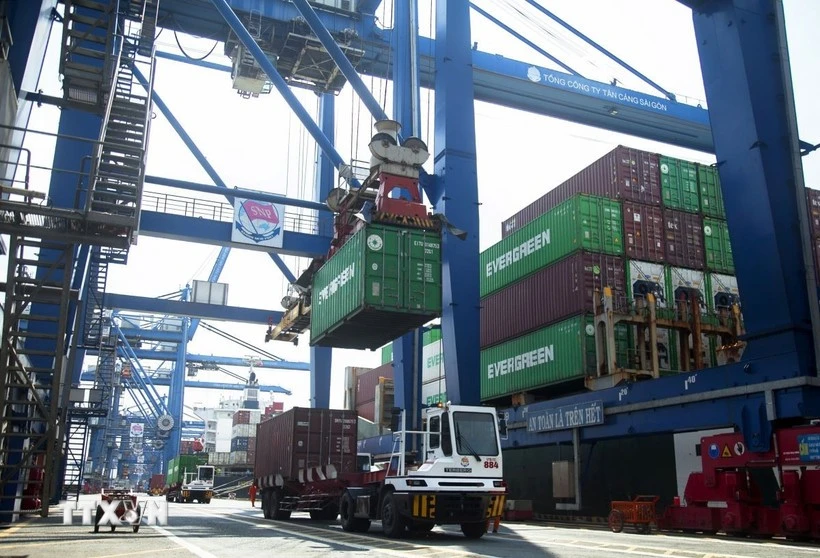The Fisheries Extension Department under the National Centre for Agricultural Extension said that in recent years, fishery extension activities have focused on transferring new technical advances into production, initially contributing to changing the mindset of fishermen from traditional exploitation and farming to the fishery economy.
The application of advanced technology and the development of freshwater, brackish water and saltwater aquaculture in a sustainable and environmentally friendly manner is being implemented in many localities.
In addition, fishery extension activities have also contributed significantly to the development of cage fish farming on rivers, lakes and seas, helping to change 100% of the number of wooden and bamboo cages (with a productivity of 4 to 5 kg per square metre) to new materials (with yields of 20 to 30 kg per square metre).
According to Nguyen Kim Phuc, Deputy Director of the Center for Digital Transformation and Agricultural Statistics, currently, some localities and companies are implementing effective digital technology application models.
Developing high-yield farming areas and applying science and technology to production has helped increase commercial fish output and productivity.
According to the Agricultural Extension Center of Bac Giang Province, although the province's current aquaculture industry is highly productive, there are still many limitations.
To overcome this situation, from 2021 to 2023, the province has implemented a model of applying digital technology to intensive fish farming to improve productivity, quality, and economic efficiency, with an area of 3 hectares in the districts of Tan Yen, Lang Giang, and Hiep Hoa.
After three years of implementation, the fish survival rate is nearly 78%, productivity is 26.2 tonnes per hectare, and output is 78.7 tonnes per 3 hectares. In 2022 alone, with one hectare of single-sex tilapia farming, after six months, the profit will be 100 million VND, 24% higher than conventional farming.
Duong Van Long, Director of Tan Yen district’s Agricultural Technical Service Center (Bac Giang province), shared: "Tan Yen is a locality with potential for aquaculture development with a water surface area of more than 1,400 hectares. In recent years, the area of intensive aquaculture has maintained more than 1,000 hectares, with output reaching more than 7,000 tonnes per year.
Recently, many households have applied mechanisation, automation, and digitalisation to aquaculture, with an area of more than 15 hectares, contributing to improving the output and productivity of commercial fishing.
A project aiming to develop a highly intensive aquaculture farm in Bac Giang Province for the 2011-2015 period, deployed in the area, with the participation of five households in Ngoc Chau Commune, Cao Thuong Town, covering an area of nearly 20 hectares; fish productivity reached 15.8 tons/ha; revenue was estimated at more than 300 million VND, an increase of 1.5 times compared to before.
Nguyen Dinh Lang, Ngoc Thien commune, Tan Yen District, said: "My family has been raising fish for 18 years, but in the past, the high productivity reached 4 to 5 tonnes per crop after one or more years of farming; the income was only 70 to 80 million VND. Since participating in the model of applying digital technology to intensive tilapia farming, efficiency has increased significantly. It is expected that with an area of 0.5 hectares after six months of farming, the profit will be nearly 100 million VND."
One of the goals of the Vietnam Fisheries Industry Strategy is to optimise production management efficiency through promoting digital transformation.
A representative of the National Centre for Agricultural Extension said that besides opportunities, Vietnam's fisheries industry is facing many difficulties and challenges, especially factors in the value chain, managing inputs, environment, diseases, and production processes.
One of the goals of the future Vietnam Fisheries Industry Strategy is to optimise production management efficiency through promoting digital transformation because digital transformation with the application of modern equipment and information technology helps systematise farming area data, support traceability, environmental and disease management, contributing to reducing labour, and increasing accuracy in management and supervision.
Therefore, in the coming time, the fisheries industry needs to research and develop advanced farming technology, save water and food, and reduce antibiotic use. It is necessary to continue to research technology for catfish and brackish water shrimp products. At the same time, it is necessary to transfer new technology into production, promote the construction and development of bio-industry on aquatic products, organise international cooperation activities, and link technology transfer and training of digital agricultural extension staff and high-tech agricultural extension staff.
According to the Department of Fisheries (Ministry of Agriculture and Rural Development), in 2023, the aquaculture area is estimated to reach 1.3 million hectares of domestic farming, with output reaching 9.269 million tonnes. The value of seafood export turnover is estimated at 9.2 billion USD. To date, the VietGAP-certified aquaculture area is estimated to reach 13,000 hectares, with an estimated output of 1.65 million tonnes.
